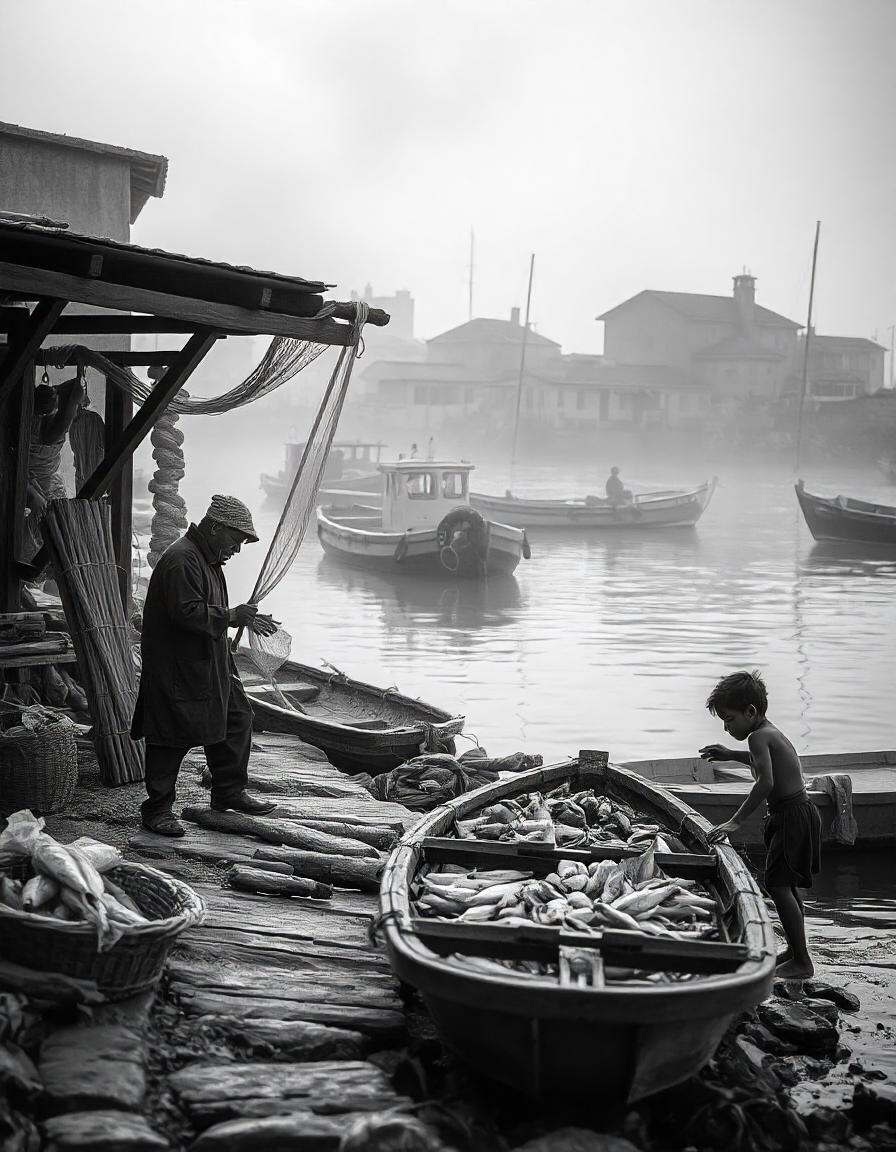
The medieval period in Europe, spanning roughly from the 5th to the late 15th century, was a time of profound transformation. This era, often referred to as the Middle Ages, bridges the fall of the Western Roman Empire and the dawn of the Renaissance. It was marked by feudalism, religious fervor, societal upheaval, and artistic and intellectual innovation. The narratives of this period reveal stories of knights and kings, serfs and saints, invasions and crusades, and the evolving foundations of modern Europe.
The Rise of Feudalism: A New Order
After the collapse of the Roman Empire in 476 AD, Europe fragmented into smaller kingdoms. With no centralized power, a feudal system emerged. Lords owned vast lands, granting portions to vassals in exchange for loyalty and military service. Peasants, or serfs, worked the land in return for protection.
This structure shaped medieval life, fostering a hierarchy where loyalty and land ownership defined social relationships. Castles became symbols of feudal power, acting as both homes for the nobility and defensive fortresses.
The Age of Charlemagne: Uniting Christendom
In the late 8th century, Charlemagne, King of the Franks, embarked on a campaign to unite much of Western Europe. Crowned Emperor of the Romans in 800 AD by Pope Leo III, Charlemagne sought to revive learning and culture, establishing the Carolingian Renaissance. His efforts to integrate education, religion, and governance left a lasting legacy, setting the stage for the rise of modern European states.
The Viking Age: Raiders and Settlers
Between the 8th and 11th centuries, Viking seafarers from Scandinavia raided and traded across Europe. Their longships allowed them to navigate rivers and seas, enabling swift and devastating attacks. The Viking invasions contributed to the instability of the early medieval period.
Yet, the Vikings were not only warriors but also settlers and traders. They founded cities like Dublin and influenced the development of regions such as Normandy. Over time, many Vikings converted to Christianity and integrated into European society.
The Crusades: Religious Zeal and Conflict
Beginning in 1096, the Crusades were a series of religious wars initiated by the Catholic Church to reclaim Jerusalem and the Holy Land from Muslim rule. The First Crusade succeeded in capturing Jerusalem, but subsequent crusades were less successful.
The Crusades left a complex legacy, fostering cultural exchanges between Europe and the Islamic world. They introduced Europeans to new technologies, goods, and ideas, laying the groundwork for the later Renaissance. However, they also caused immense suffering, particularly for Jewish communities, who were often targeted during the campaigns.
The Black Death: A Pandemic’s Toll
In the mid-14th century, the Black Death swept through Europe, killing an estimated one-third of the population. This devastating pandemic, caused by the bubonic plague, had profound social and economic consequences.
The drastic population decline led to labor shortages, weakening the feudal system as serfs demanded better conditions. It also spurred religious introspection, with some interpreting the plague as divine punishment. Others turned to new forms of spiritual expression, paving the way for movements like the Reformation.
The Hundred Years’ War: A Struggle for Power
The Hundred Years’ War (1337–1453) between England and France was a protracted conflict over territorial claims and royal succession. Key figures like Joan of Arc emerged during this period. Joan, a young French peasant, claimed divine guidance in leading French forces to pivotal victories. Captured and executed by the English, she later became a symbol of French nationalism and was canonized as a saint.
The war transformed medieval warfare, marking the decline of knights and the rise of gunpowder weapons and standing armies.
The Rise of Towns and Trade
As the medieval period progressed, towns and cities grew, driven by trade and commerce. The Hanseatic League, a network of merchant guilds and market towns, dominated trade in Northern Europe.
Guilds regulated crafts and trades, fostering economic stability and social cohesion. The growth of cities like Venice and Bruges reflected a shift from a purely agrarian economy to one enriched by trade and innovation.
The Church: Spiritual and Political Power
The Catholic Church was a dominant force in medieval Europe, influencing every aspect of life. Monasteries preserved knowledge through illuminated manuscripts, while cathedrals showcased architectural marvels like Gothic design.
Conflict between church and state was common. The Investiture Controversy, for example, saw emperors and popes clash over the appointment of bishops. The Church’s influence also extended to intellectual life, with scholars like Thomas Aquinas blending Christian theology with Aristotelian philosophy.
The Age of Chivalry and Knighthood
The medieval period is often romanticized for its chivalric code, emphasizing honor, loyalty, and courtly love. Knights, armored warriors on horseback, became symbols of feudal power and military prowess.
Stories like those of King Arthur and the Knights of the Round Table epitomize the ideals of chivalry. These tales, while partly mythical, reflect the cultural values of the time and inspired later literature and art.
The Dawn of the Renaissance
By the late medieval period, Europe began transitioning toward the Renaissance. The rediscovery of classical texts, combined with innovations like the printing press, ushered in an era of cultural and intellectual revival. The weakening of feudalism, the rise of nation-states, and the decline of the Church’s absolute authority set the stage for the modern era.
Legacy of Medieval Europe
The Middle Ages left a profound impact on European history, shaping its political structures, cultural identity, and intellectual traditions. Castles, cathedrals, and manuscripts stand as enduring testaments to this dynamic period. Medieval Europe’s stories of resilience, innovation, and transformation continue to captivate and inform our understanding of the past.
